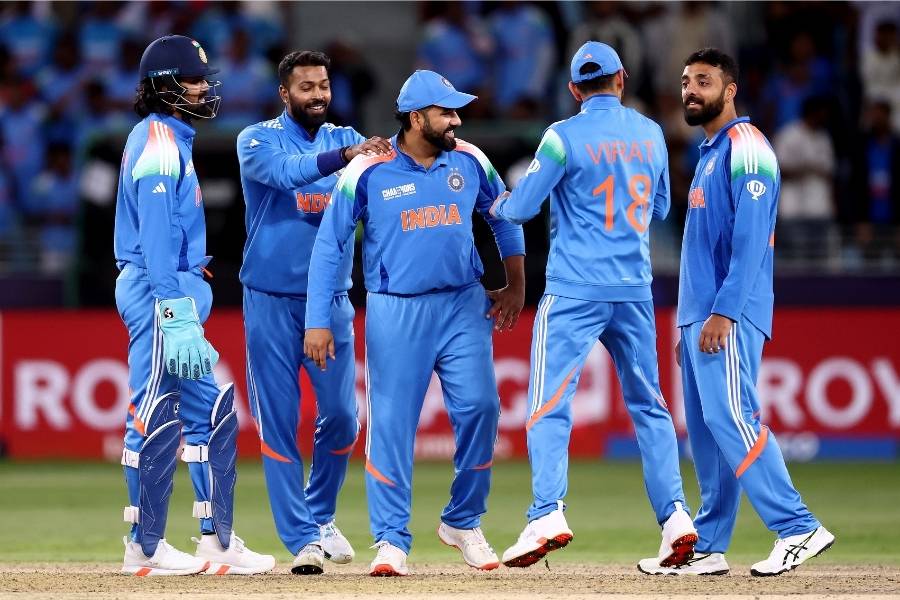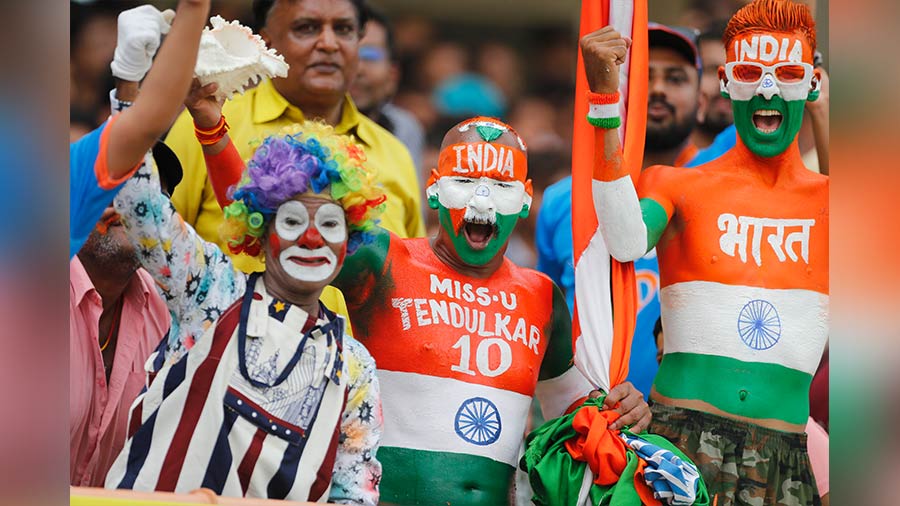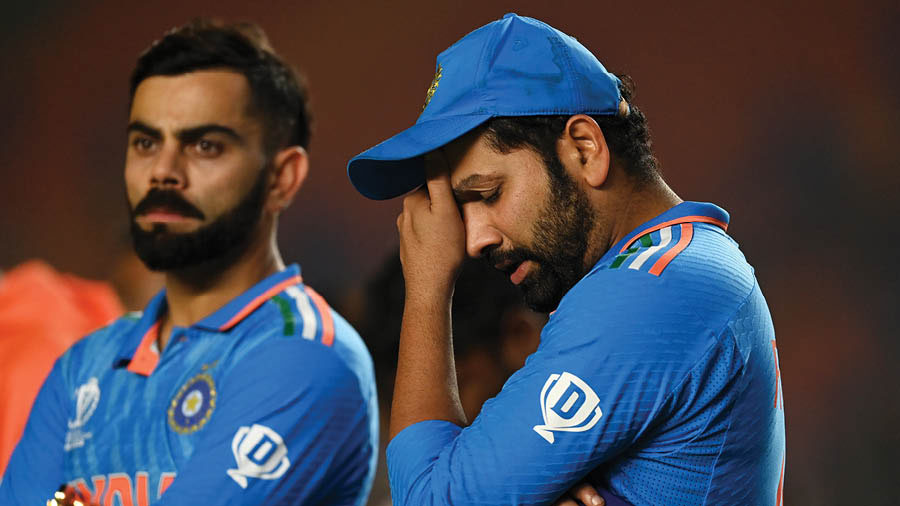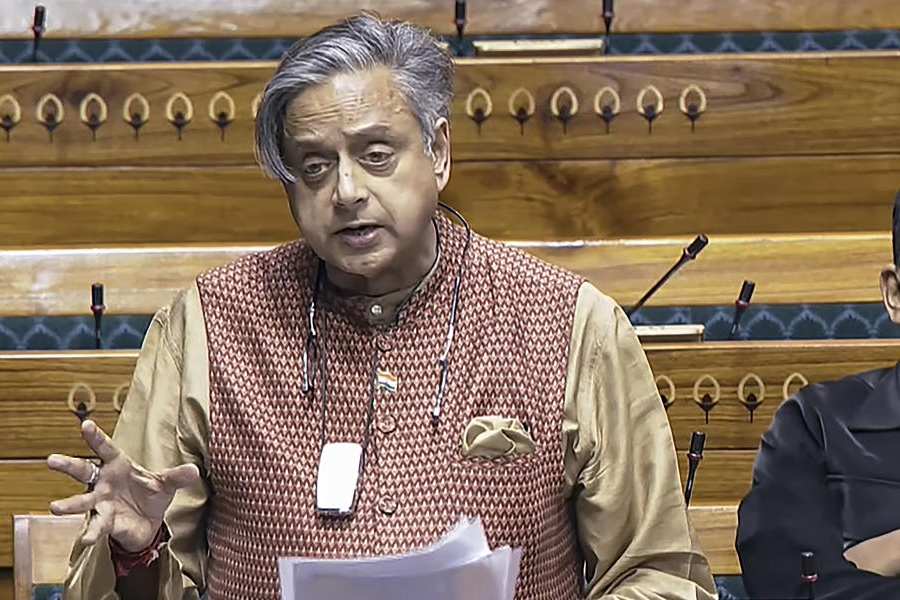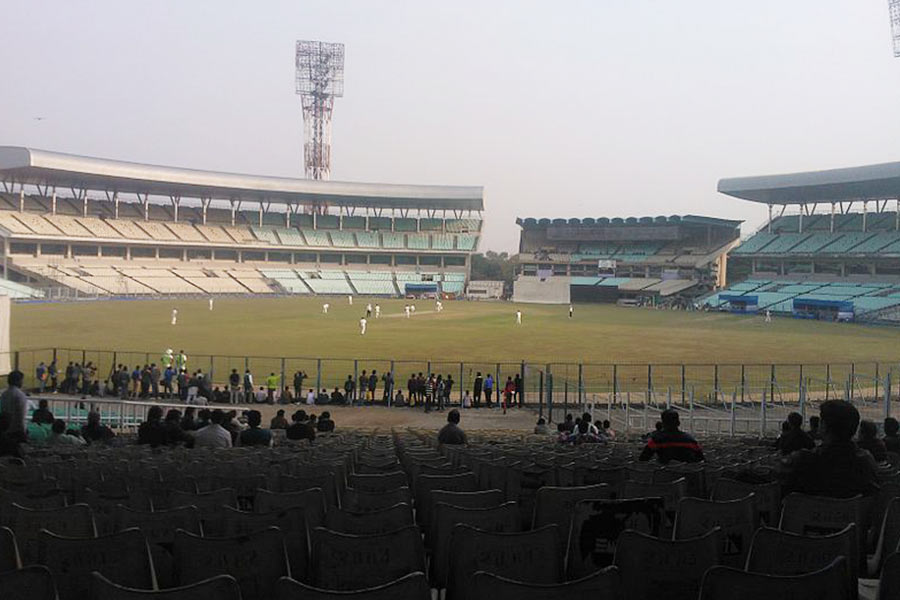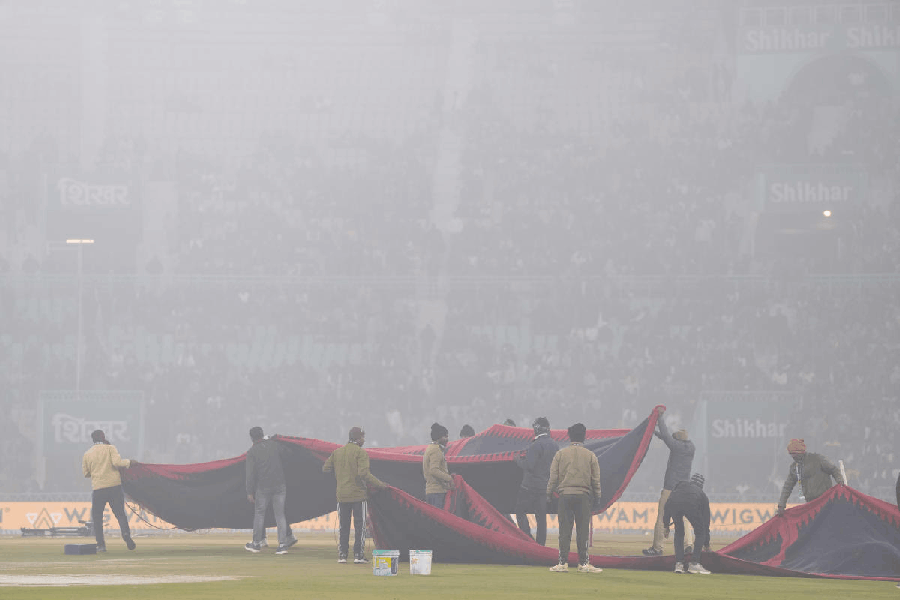Four cities, close to 13 hours of flying, and more than 7,000km covered. All in the space of a fortnight. Such has been New Zealand’s itinerary en route to their third ICC Champions Trophy final. In the showpiece showdown on Sunday, the Kiwis meet India, who have not moved out of Dubai since jetting into the City of Gold at the start of the tournament.
Pakistan are the hosts of the Champions Trophy, but India have home advantage, or so the argument goes. At the same time, the Men in Blue have played flawless cricket while barely needing to get out of second gear. Having cruised to their third ICC limited overs final in three years, Rohit Sharma and Co are the overwhelming favourites in a rematch of the 2000 final in Nairobi, when the Black Caps clinched a nail biter. Ahead of another potential close contest, how do we make sense of India’s run in the Champions Trophy so far? Have they been too good or has everything been too easy?
The best ODI team this century, arguably of all-time

Virat Kohli has been at his run-accumulating best in the ongoing Champions Trophy despite not hitting a single six Getty Images
Since the start of 2020, India have won 55 of their 84 ODIs, more than any other country, while also boasting the best winning percentage. During this time, they have scored almost 40 runs per wicket, the highest for any team. They have also scored at six runs per over, second only to England. Five of the top-ten individual run-getters in this duration are Indians. Leading from the front, Rohit Sharma has hit 103 sixes in these five years, 35 more than anyone else. With the ball, nobody has taken more five-wicket hauls than Mohammed Shami’s five, who also has the best strike rate for any bowler with more than 50 wickets. Virat Kohli and Shubman Gill have been two of the five most prolific outfield catchers throughout this spell whereas K.L. Rahul has the fourth-highest dismissals of any wicket-keeper.
In other words, India have been more consistent in 50-over cricket than any other team throughout the 2020s. Given that they have also reached at least the semi-finals of the past seven ICC 50-over competitions (stretching back to the 2011 World Cup on home soil), a case can be made that this is the greatest ODI team of the century, if not of all-time. India’s remarkable displays have centred around playing high-percentage cricket, being sensible more often than sensational, and using their astounding depth of talent to always have more options than their rivals.
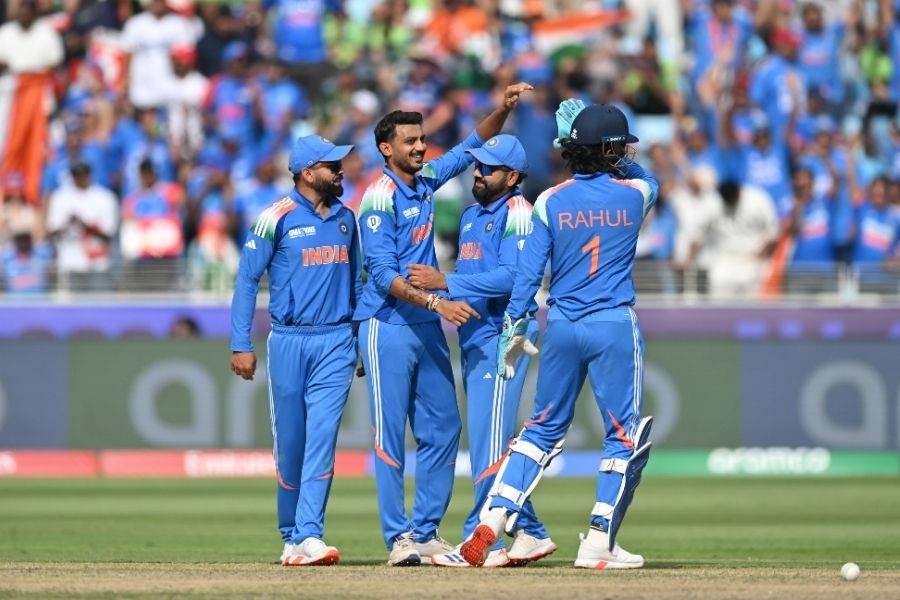
Axar Patel has added vital balance to India, with both bat and ball Getty Images
In this regard, the 2025 Champions Trophy has been the perfect case study. Playing at a stadium where no team has crossed the 300-run threshold, India have relied on spin to slow the opposition down with the ball while being the busier team with the bat. Even though Australia comfortably outscored India in boundaries in the semi-final on Tuesday, Indian batters played 26 fewer false shots. At the heart of this has been Virat Kohli, who is 10 runs shy of being the top-scorer of the Champions Trophy, all without hitting a single six.
For his part, Gautam Gambhir has resisted the mercurial talents of Rishabh Pant while promoting Axar Patel to number five, ensuring that India play with a left-right combination for longer periods. Axar has also done his fair share with the ball, emerging as India’s most economical bowler in Dubai. When Varun Chakravarthy shone against New Zealand in the final group stage match, India did not dismiss it as a one-off. Instead he was retained in the XI for the Australia clash and came up trumps with two wickets, including the crucial blow of Travis Head. As a comprehensive bowling unit, India have taken all 40 wickets on offer in four games, doing so without their injured spearhead Jasprit Bumrah.
In totality, India have been relentless. Could they have repeated a similar formula in Pakistan? Throw in a bit of jet lag and does this group of gifted and hungry individuals continue to dominate? The answer, in all likelihood, is yes. Let us bear in mind that India criss-crossed the entire country when hosting the 2023 World Cup and still went on to win 10 matches on the trot. They were undefeated in regaining the T20 World Cup in the US and West Indies last summer in conditions that were anything but familiar.
The four categories of Indian fans
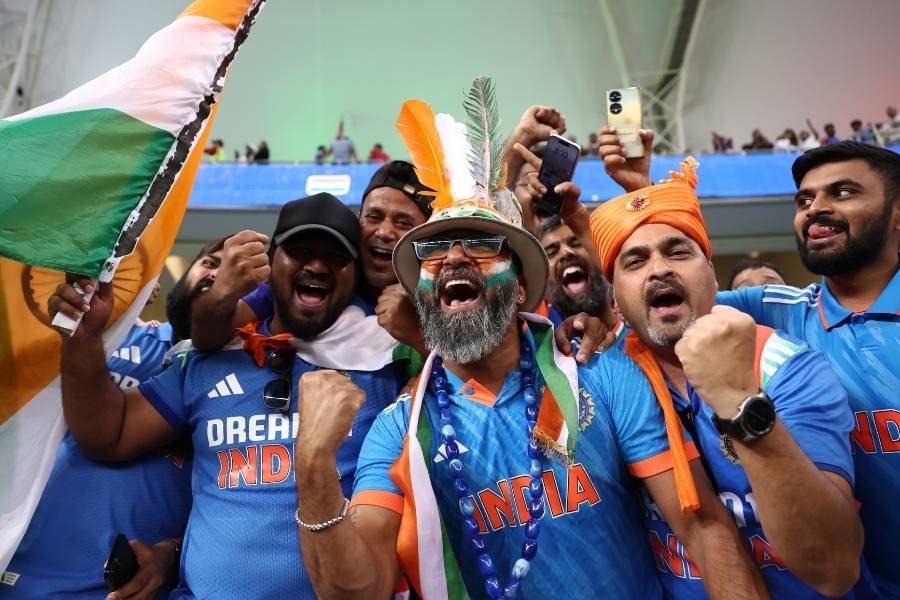
Indian cricket fans range from the casual to the diehard romantics, from the sceptics to the completely disillusioned Getty Images
The Indian men’s cricket team, the Indian cricket board and the Indian state are three separate entities. Notwithstanding the fact that the first two rely heavily on each other and the third frequently co-opts them both. But to conflate all three would be a mistake. It would also be common.
Indian cricket fans today can broadly be divided into four categories. The first are the casual cheerleaders who are happy to have cricket on as background noise and momentarily rejoice on social media whenever a big triumph is sealed. The second are the die-hard romantics who cannot help but root for India while growing increasingly uncomfortable with India’s off-field power. The third are the hardened sceptics who are no longer emotionally invested in India’s fortunes in the game and would only tune in if some ‘classic’ Test match cricket is on. The fourth are those who are completely disillusioned, both with India’s cricket and politics, and have lost all faith in a sport whose highest official is an open partisan.
The BCCI has long been the richest cricket board in the world. As both a monopoly and monopsony in Indian cricket, it has amassed so much wealth that it is 30 times richer than its nearest competitor, the Australian Cricket Board (ACB). Kohli alone has a higher net worth than the ACB. But India’s financial heft is a direct result of the country’s fandom. India’s demographic dividend has paid off handsomely in cricket, if not elsewhere in the economy. The country’s captive youth audience provides the bulk of the viewership that in turn provides the bulk of the broadcasting revenue. More eyeballs equals more money equals more power. When players like Rohit hail the fans for India’s victories, he is speaking more sincerely than he perhaps realises.
Power and performance have rarely been entangled in a more complex cocktail
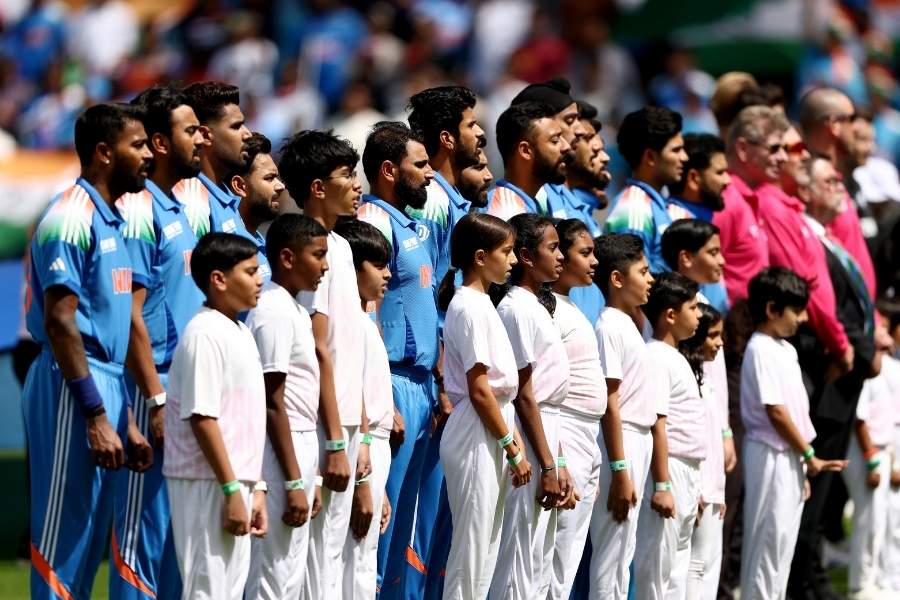
India’s position in world cricket is secure, no matter the result on Sunday against New Zealand Images Courtesy: 1-5: Getty Images
All this means that norms will be bent and corners will be cut for Indian cricket. Whether we like it or not, Indian cricket runs the world game, a baffling position for a sport that has been played professionally for three centuries and has 108 member nations. This also means that when politics enters cricket, as it has done with India refusing to play on Pakistani soil, India will have their way. Does it make things too easy for India’s cricketers? No. They still have to play good cricket and occasionally come up against scheduling quirks, as was the case when they played New Zealand and Australia with just a day’s gap in between. But does it give India’s cricketers a headstart even though they don’t need one? Certainly.
New Zealand are not averse to this reality. Forever cricket’s good guys, they are generally most Indians’ second favourite team. Some Indians may even want a Kiwi win, for no other reason than to convince themselves that there is something still worth fighting for. Some redemption still worth chasing.
The reality, though, is different. Professional sport, especially cricket, is more of a business than a contest between bat and ball. In that business, India are the undisputed reigning champions. Whether they win on Sunday or not, they will not be unseated anytime soon. Simultaneously, India are also the best 50-over cricketing team on the planet. Sunday’s result won’t change that either. Power and performance have rarely been entangled in a more complex cocktail. But such a combination never mixes well with passion. After all, what is left to cheer for when all is won?

